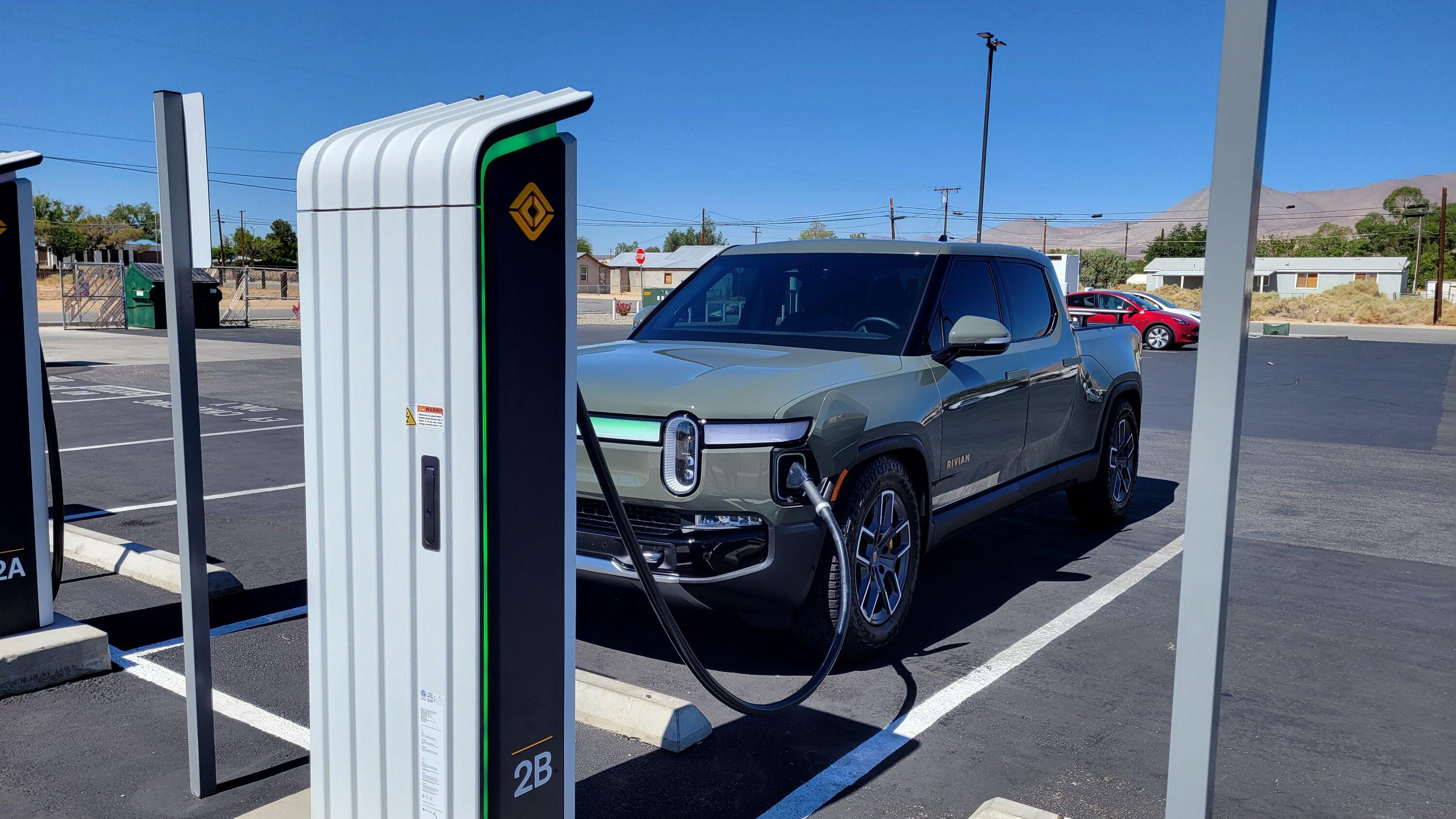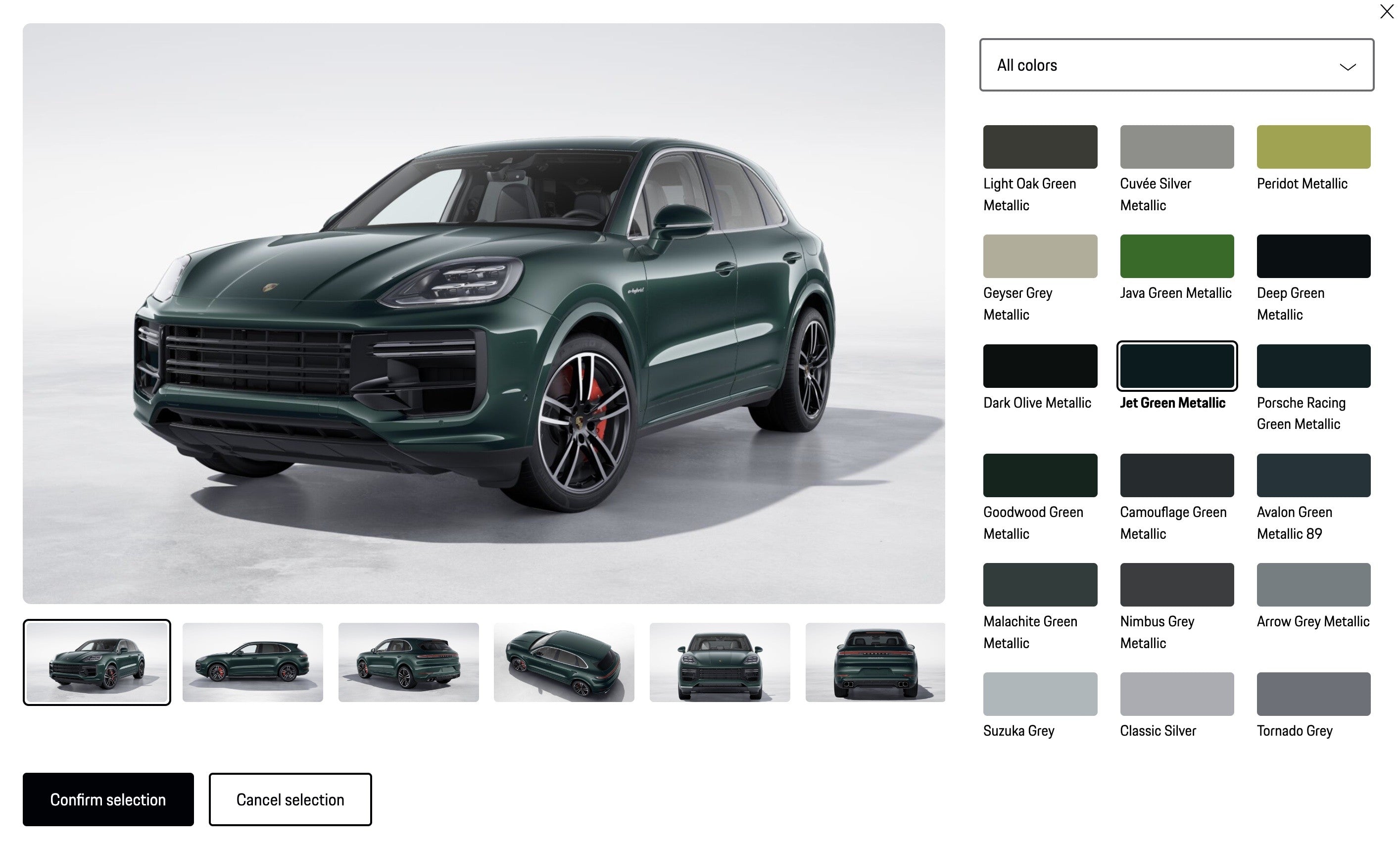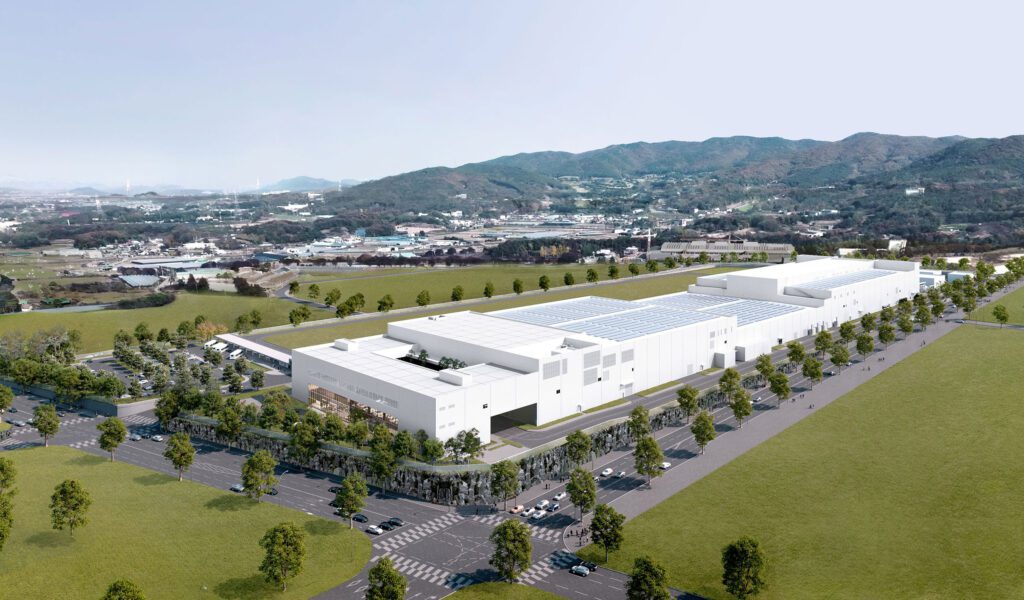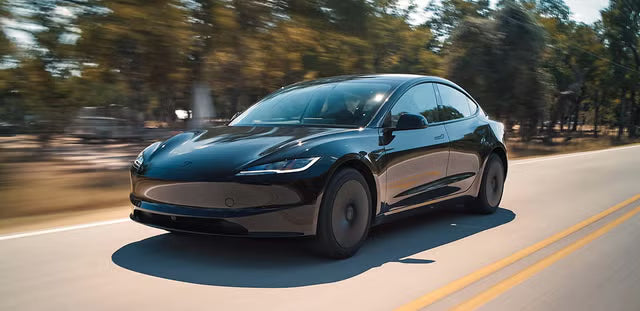Expansion du réseau national
Rivian, la start-up américaine spécialisée dans les véhicules électriques, connue pour son SUV R1S et son pick-up R1T, prêts pour l'aventure , continue de développer son réseau de recharge aux États-Unis. En août 2025, l'entreprise exploitait 122 bornes de recharge rapide en courant continu dans tout le pays . Parmi celles-ci, 93 sont désormais accessibles à tous les conducteurs de véhicules électriques , tandis que 29 restent réservées aux propriétaires de Rivian.
Il s'agit d'une expansion rapide par rapport à début 2024, lorsque Rivian ne comptait que 67 sites opérationnels . Les efforts de l'entreprise reflètent une tendance plus large du secteur : construire une infrastructure de recharge robuste qui prend en charge non seulement une marque, mais l'ensemble de l'écosystème des véhicules électriques.

Accès ouvert au-delà des propriétaires de Rivian
Dans un récent article de blog, Rivian a révélé que plus de 75 % de ses bornes de recharge sont désormais accessibles à tous les véhicules électriques. Bien que l'entreprise n'ait pas divulgué de chiffres précis, un examen de la carte de recharge de Rivian confirme l'existence de 93 bornes de recharge publiques.
Rivian modernise actuellement ses anciennes stations afin que toutes ses bornes soient à terme ouvertes aux véhicules électriques d'autres marques. Cette évolution témoigne d'un changement de stratégie clair : l'abandon d'un réseau exclusif, réservé à une marque, au profit d'un modèle inclusif, similaire à celui du développement des Superchargeurs de Tesla .
Transition vers les connecteurs NACS
Une autre nouveauté majeure est l'adoption par Rivian de la norme de recharge nord-américaine (NACS) , plus connue sous le nom de connecteur de type Tesla. L'entreprise a déjà commencé à installer des câbles NACS sur ses nouvelles bornes de recharge, et les anciennes seront progressivement modernisées.
À ce stade, la plupart des chargeurs sont équipés de prises CCS1 et NACS . Cependant, Rivian a annoncé que le CCS1 serait progressivement abandonné , ne laissant que les connecteurs NACS. Cette décision s'inscrit dans la lignée de la nouvelle gamme de véhicules électriques de l'entreprise : les modèles R2 , R3 et la version actualisée R1 de 2026, tous équipés de prises NACS .
Bien que cela garantisse la compatibilité avec le futur paysage des véhicules électriques, les propriétaires des modèles R1T et R1S antérieurs (avec ports CCS1) auront besoin d'adaptateurs pour continuer à utiliser les stations Rivian une fois la transition terminée.
Chargement plus intelligent et plus pratique
Afin d'améliorer l'expérience de recharge, Rivian a récemment intégré Google Maps à son système de navigation embarqué. Cette mise à jour fournit aux conducteurs des itinéraires en temps réel, des informations sur le trafic et la disponibilité des bornes de recharge. Il est important de noter que les utilisateurs de Google Maps extérieurs à l'écosystème Rivian peuvent également consulter l'état des bornes Rivian , augmentant ainsi la visibilité de son réseau auprès de la communauté des véhicules électriques.
L'entreprise accorde également une grande importance à l'expérience utilisateur sur les bornes. Les dernières bornes sont équipées de câbles de recharge plus longs et d'écrans plus grands , facilitant le branchement, quelle que soit la taille du véhicule ou l'emplacement des bornes. Tous ces chargeurs sont fabriqués dans l'usine Rivian de Normal, dans l'Illinois , ce qui témoigne de son engagement en faveur de l'intégration verticale.
Engagement 100 % énergie renouvelable
Le développement durable est au cœur de l'identité de marque de Rivian, et son réseau de recharge suit ce même principe. L'entreprise a confirmé que toute l'électricité fournie par ses bornes de recharge rapide CC provient de sources d'énergie renouvelables , achetées auprès de partenaires proposant des solutions zéro émission .
Cela renforce non seulement le message environnemental de Rivian, mais aide également l'entreprise à attirer les acheteurs de véhicules électriques soucieux de l'environnement qui souhaitent que l'utilisation de leur véhicule s'aligne sur un mode de vie axé sur l'énergie propre.
De l'exclusif à l'inclusif : une brève chronologie
Les premières bornes de recharge Rivian Adventure Network ont été mises en service à Salida, dans le Colorado, en 2022 , exclusivement pour les propriétaires de R1. Dès le lancement, la recharge était gratuite, renforçant le positionnement de Rivian comme marque de véhicules électriques lifestyle haut de gamme.
Cependant, avec l'expansion du réseau, Rivian a commencé à recharger les utilisateurs en novembre 2023 , passant à un modèle payant similaire à celui de Tesla. Mi-2024 , Rivian a commencé à ouvrir des sites aux véhicules électriques non Rivian, signalant sa volonté de concurrencer non seulement le marché automobile, mais aussi le secteur en pleine expansion des services de recharge .
Aujourd'hui, avec plus de 120 sites en service et d'autres prévus , Rivian se positionne comme un acteur sérieux dans la course à la recharge de véhicules électriques, aux côtés de Tesla, Electrify America et EVgo.

La route à suivre
L'approche de Rivian pour son réseau de recharge est un exercice d'équilibre : préserver la valeur de la marque pour les propriétaires Rivian tout en s'adressant à une clientèle plus large de conducteurs de véhicules électriques. En étendant sa couverture, en adoptant le NACS et en s'engageant dans les énergies renouvelables , l'entreprise veille à ce que son réseau Adventure ne soit pas seulement un avantage exclusif, mais un atout public compétitif dans la transition vers les véhicules électriques.
Alors que les gouvernements fédéral et étatiques encouragent une adoption plus large des véhicules électriques, la stratégie d'accès ouvert de Rivian pourrait contribuer à accélérer l'accès aux bornes de recharge dans les régions mal desservies. Pour les conducteurs de véhicules électriques, le constat est clair : les bornes de recharge Rivian ne sont plus réservées aux propriétaires de véhicules Rivian ; la plupart sont prêtes à accueillir tous les conducteurs de véhicules électriques.
Lecture recommandée : Rivian vise la conduite mains libres point à point d'ici 2026








Partager:
ChargePoint dévoile sa technologie de micro-réseau CC pour une recharge de véhicules électriques moins chère
GM arrête temporairement la production du Hummer EV et de l'Escalade IQ